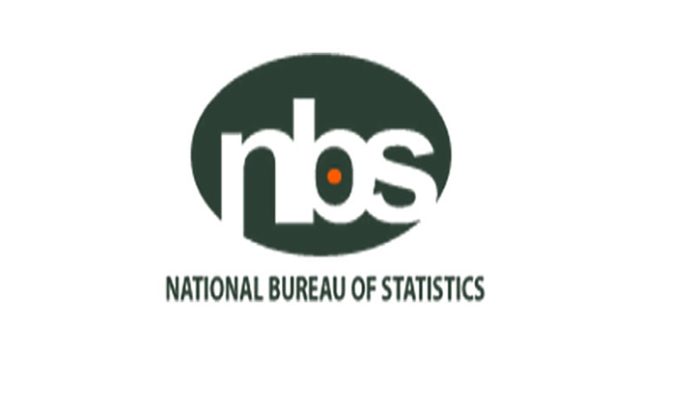Labor experts have expressed concerns over the significant proportion of informal employment in Nigeria, which they believe may result in substantial tax revenue losses for the government.
The experts’ comments come in response to a report from the National Bureau of Statistics (NBS), which revealed that 92.6% of individuals employed in Nigeria were engaged in informal work during the first quarter of 2023.
Chris Onyeka, the National Assistant General Secretary of the Nigeria Labour Congress, described the high rate of informal employment as an indictment on the government.
He emphasized the need for policies aimed at transitioning more Nigerians into formal employment.
These policies could include organizing the informal sector into unions, implementing special investment programs, and extending social security coverage.
Experts raise concerns over lack of formal Eemployment
According to Onyeka, the NBS report suggests that only 8% of the workforce in Nigeria is engaged in formal employment, indicating a lack of a substantial formal sector in the country.
Gbenga Komolafe, the General Secretary of the Federation of Informal Workers of Nigeria, supported the NBS assessment, citing previous estimates that had placed Nigeria’s informal employment rate at 80-82%.
He highlighted the need for more comprehensive measurements of informal work in the labor market.
Komolafe also called on the NBS to provide a detailed breakdown of the parameters and factors used to define unemployment in Nigeria.
The NBS report, titled “Nigeria Labour Force Survey,” revealed that the informal employment rate was even higher when excluding agriculture, with 89.4% of employed individuals engaged in informal work.
Despite the high informality rate, the report indicated a decline in Nigeria’s overall unemployment rate from 5.3% in Q4 2022 to 4.1% in Q1 2023, attributed to a re-evaluation of the methodology used for measurement.

